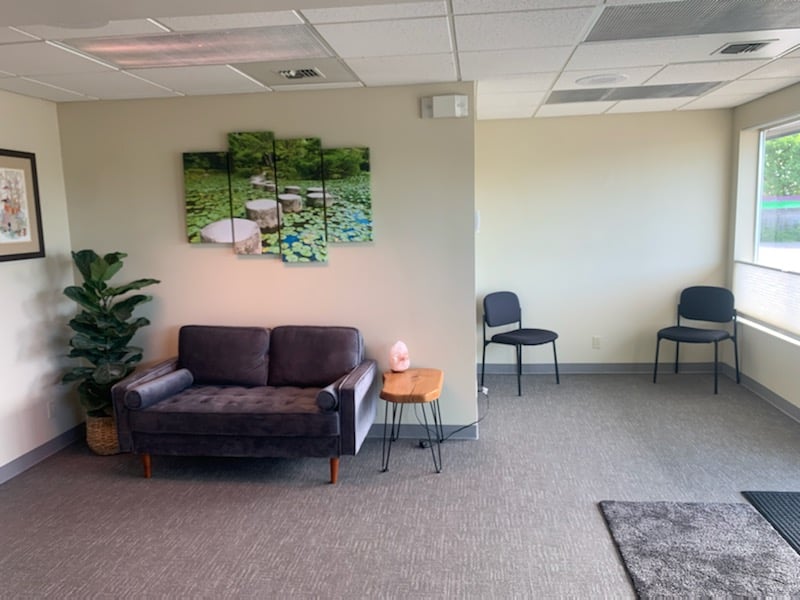I was recently at a Chiropractic Educational Seminar in New York, and two of the key things I learned about were Safety and Management.
Let’s break these two down just a little.
As you all know, the internet is a great resource for information, and mis-information, right? Chiropractic seems to have a lot of mis-information out there at times. But, Safety and Chiropractic should be words that are synonymous when it comes to health care.
We don’t offer drugs, we don’t do surgery, and our overall goals are to help heal injuries, reduce pain, improve movement, and get to the source of a spinal or mechanical problem.
In fact, a harsh statistic was offered at the seminar about pain management through opioid use: If a person is prescribed the strongest opioids, and takes the drug for over two years, the likelihood they commit suicide is 1 in 32.
It is a wonder that these meds are prescribed at all for conditions like non-specific low back pain.
In contrast, a HUGE study was done on the safety of chiropractic. The population base chosen was 66 to 99-year-old Medicare patients. The purpose was to compare the safety of chiropractic care to primary care pathways.
This patient demographic is also more likely to have injury, chronic issues, and co-morbidities, so this is a good place to test the safety of chiropractic care.
What was the result?
Seeing a chiropractor had a 76% less risk of injury when compared to seeing a primary care doctor.
Unbelievable.
I bring up Management because conveying WHY patients should continue chiropractic care can sometimes be a tricky issue. I am not big on selling chiropractic, but just like other healthcare professionals know, some conditions need to be managed.
Conditions like hypertension, diabetes, COPD, skin cancer, acne, rheumatoid arthritis, other autoimmune conditions, IBS, intestinal health conditions, asthma, and the list goes on.
Chiropractic, I feel, has had a hard time saying WHY management is important. I will tell you. It is important to manage conditions of the spine such as arthritis, headaches, postural abnormalities, scoliosis, disc herniations, leg length issues, flat feet, neck pain, hip arthritis and more.

For some reason, health care providers, and patients alike believe that our bodies should work “forever” without problems. That our athletic accomplishments, health, prowess, and skill will all be there in our 30’s, 40’s and 50’s when we call on it, only to find out that our bodies break and fail.
Then, it repeats itself.
One example: If you have one episode of your “back going out,” the likelihood of it happening again is 85%.
- What if your chiropractor can help guide you on how to sit better at work?
- Change your poor postures to help prevent headaches?
- To identify early degeneration in your spine and teach you the tools to manage it?
- How about a monthly or every 6-week visit to a chiropractor to help you stay mobile and functional?
Just like with diabetes, you don’t really see the bad parts until it’s too late, and then you can’t do anything to change it. The spine is no different. If you learn HOW and WHY to manage your degenerative low back to avoid chronic pain, wouldn’t you want to know before it can’t be fixed? Just like any other condition of the body, early awareness helps forestay health issues.
One of my favorite movies is Talladega Nights with Will Farrell. If you remember the part where he is talking to his boss about injury and getting hurt and says, “with advances in modern medicine and my high level of income, I could safely expect to live to like 120, 130…”
This isn’t the rest of us!
Take care of your spine and body now. You only get one.
Dr. Bob Curtis, DC, CCSP
Primary Spine Care Physician




